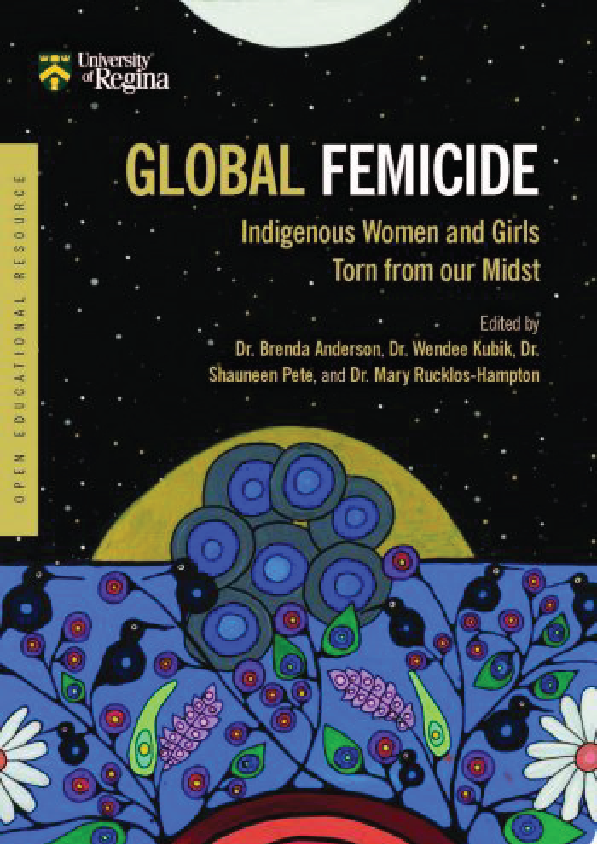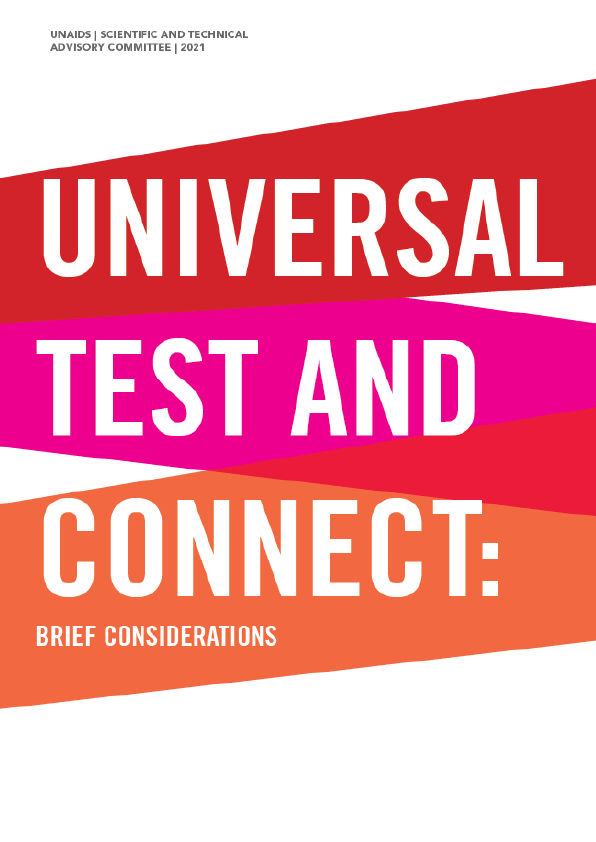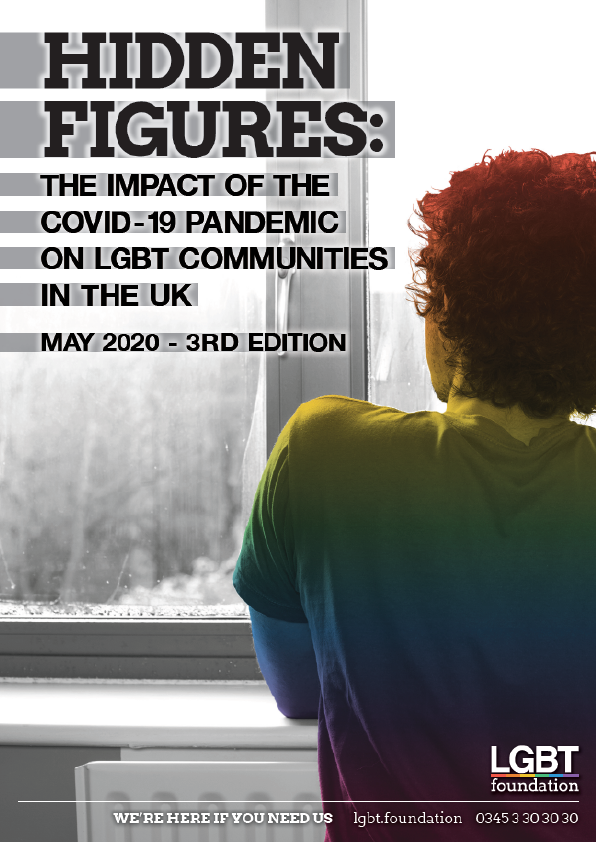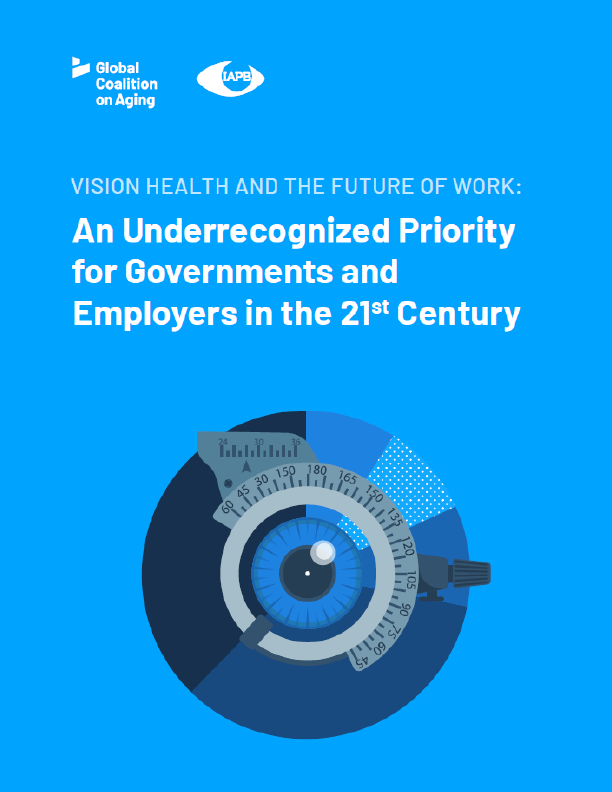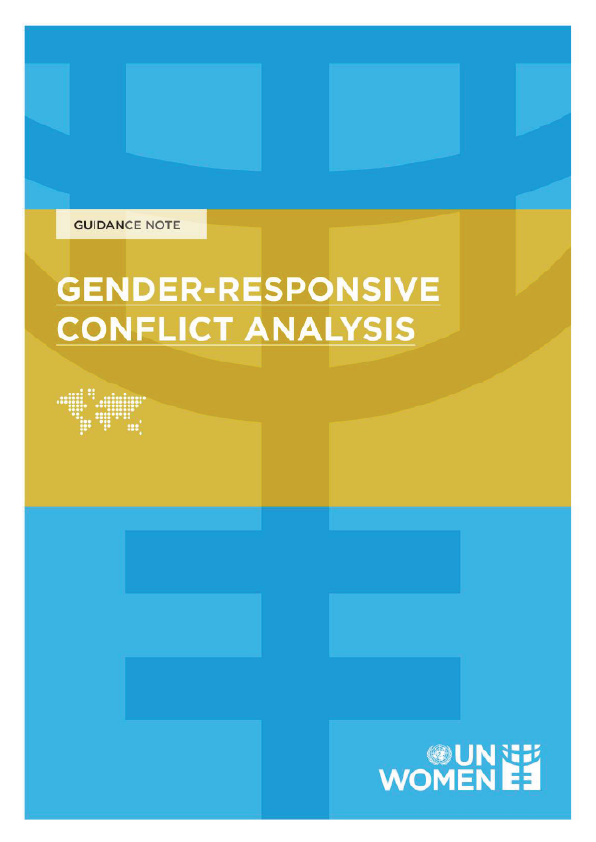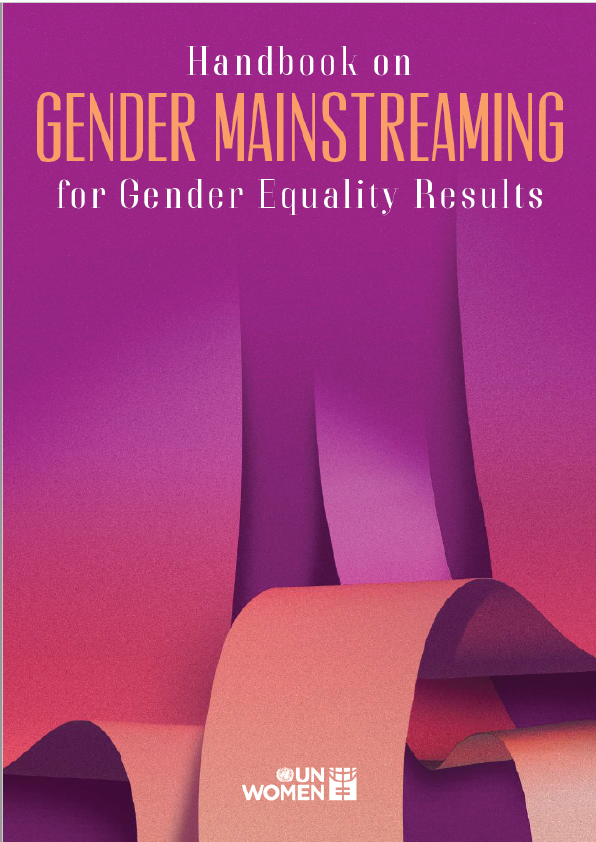In 2008, a Regina collective of academics, community workers, spiritual leaders, and family members held a conference titled “Missing Women: Decolonization, Third Wave Feminisms and Indigenous People of Canada and Mexico.” The proceedings and reflections were subsequently published as Torn from our Midst: Voices of Grief, Healing and Action from the Missing Indigenous Women Conference, 2008. Ten years have passed to our decision to create a second edition that not only provides updated and new material but is also a retrospective of what, if anything, has changed in the national and global context of violence against Indigenous women. This edition offers a decade-long snapshot of the national timeline of Indigenous/non-Indigenous relationships within which the Canadian National Inquiry into Missing and Murdered Indigenous Women and Girls (MMIWG) was conducted. We are situated at a critical moment in history, a liminal door frame from which we gaze back at the interminable cries for justice and forward to the implementation of the 231 Calls to Justice from the commissioners of the 2019 MMIWG inquiry.
In other colonized countries such as Mexico and Guatemala, this book underscores the common and interlocking effects of racism and sexism on Indigenous women. The first report from the Canadian Femicide Observatory for Justice and Accountability confirms that the term femicide is every bit as applicable to Canada, where being female and being an Indigenous female makes you vulnerable to violence. “Indigenous women and girls were overrepresented as victims, comprising about five percent of the population in Canada, but 36 percent of those women and girls . . . were killed by violence” (#CallItFemicide, 7). This book provides testimony and evidence that sexualized and racialized violence is not only a product of colonization but continues to be used as a deliberate tool of colonization
The process of redressing violence against Indigenous women begins with a two-pronged approach to education and relationship-building. Such an approach was affirmed by the 300 participants of the 2008 conference and, a decade later, remains the framework of the National Inquiry. In this book, you find everything from personal stories to historic narratives to theoretical positionings to concrete political and public policy changes. In this way, we implore all Canadians to actively engage in knowledgeably redressing the vulnerability of brown-skinned women. The rapidity of new developments, new stories, or new controversies on MMIWG is not what we can address
- The terms femicide and feminicide are used interchangeably in this book by different authors, reflecting the changing nature of new language, as well as the usage of different terms in different countries. The differences have been maintained to reflect how contemporary this issue is, and to honour the choice of the authors in the terms they wish to use. Canadian resources appear to have adopted ‘femicide’ as the preferred term.
- The United Nations Special Rapporteur on Violence Against Women stated that “violence against women in Canada remains a ‘serious, pervasive and systematic problem,’ and that ‘Indigenous women . . . are overtly disadvantaged. . . . (Indigenous women) face marginalization, exclusion and poverty because of institutional, systemic, multiple, intersecting forms of discrimination” (#CallItFemicide, 54). See also Chapter 15 in this book where I identify the common elements of colonialism in Australia, Mexico, Guatemala, and Canada in relation to MMIWG.
